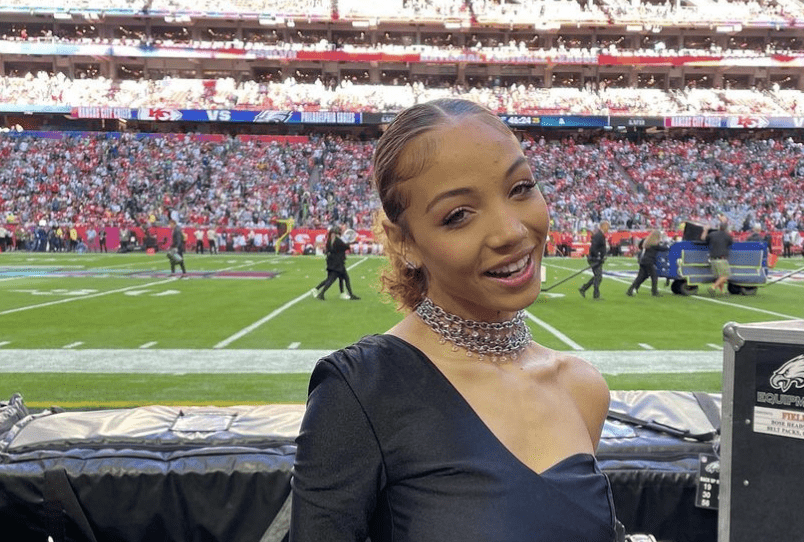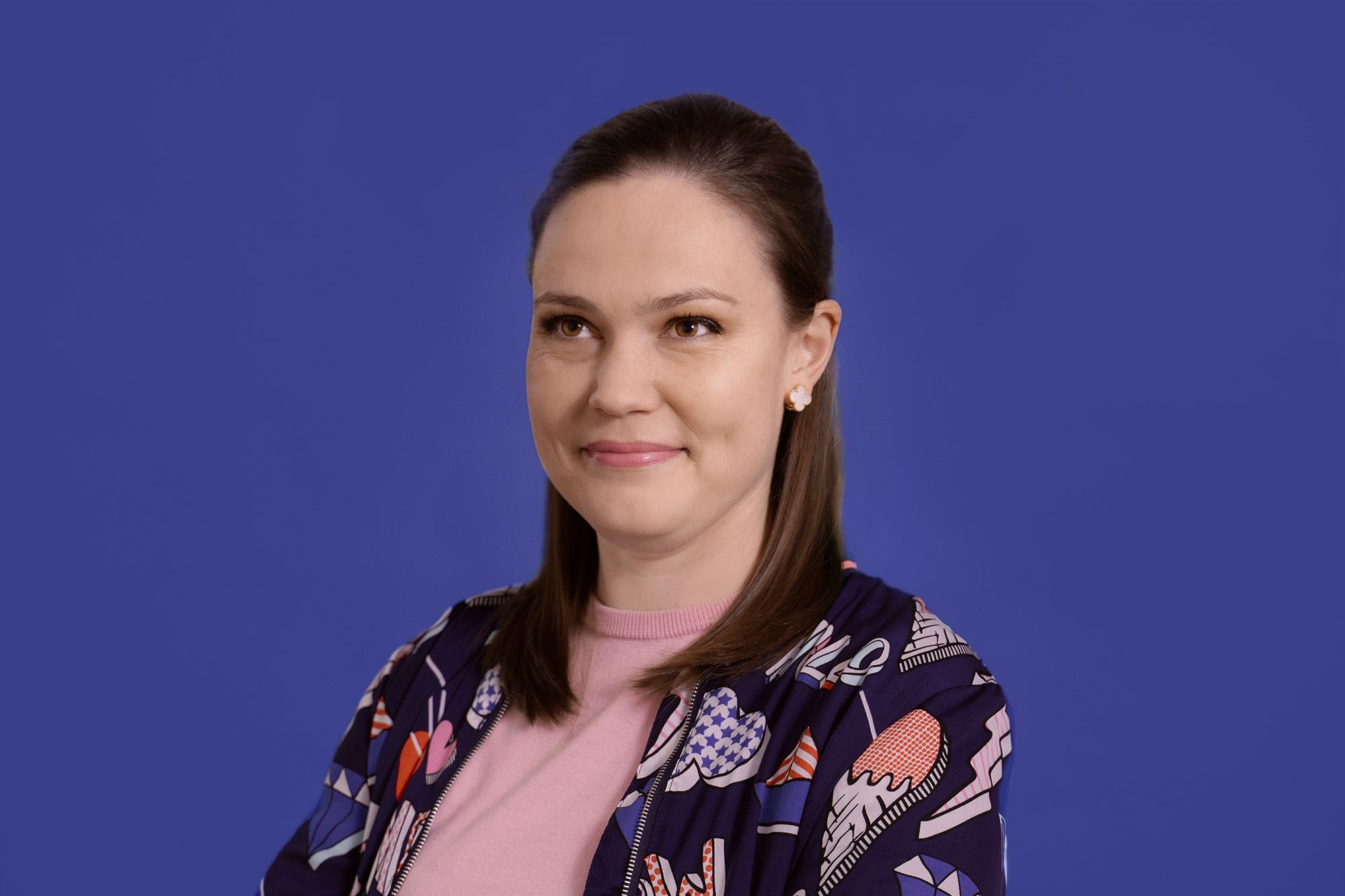
With the recent soaring popularity of Justina Miles’ – the first Deaf female performer for the Superbowl – ASL interpretation of Rihanna’s performance, the ever-increasing visibility of accessibility and diversity including disability has once again become centre-stage on social media and in many people’s minds.
Miles’ performance strongly and proudly captured the energy and vibe Rihanna’s music is known for, while also drawing in mostly hearing audiences who may have never seen such a performance. This was further aided by the ever-increasing use of social media in our lives which helped catapult the visibility of Miles’ performance across the globe.
While Deaf people are generally not unable to watch a performance like Rihanna’s at an event like the Superbowl, watching such a performance and watching an ASL interpretation like Miles’ is often the key difference, as through watching an interpretation in ASL by a Deaf woman, the Deaf audience can be brought closer to the meaning or entertainment of the performance, as opposed to being separated by some degree, such as simply being part of the majority hearing audience, or watching a hearing ASL interpreter – who may also be white as the majority of ASL interpreters in the US tend to be white – interpret the song.
As Miles herself says: ‘This is the buzz I wanted to create. I wanted to pop so hard that y’all can be like “okay Deaf people lit we need to come together, we need this everywhere!” – because we do!! We’re still trying to make concerts, festivals, and comedy shows accessible. After one of the biggest shows in the world provided that accessibility and took off, everyone should do the same. Everything should be available to everyone – equally’”.
When accessibility such as Miles’ ASL performances is brought right to the forefront in such a visible way, it not only allows majority groups and individuals who may have never seen something of the like before to experience it; it also allows traditionally underrepresented communities, such as those who are Deaf, Female, and Black, to feel represented and of value. In the past, such visibility has never been as common and by bringing it right to the front, hopefully this signals a growing shift and willingness to embrace differences and celebrate diversity.





